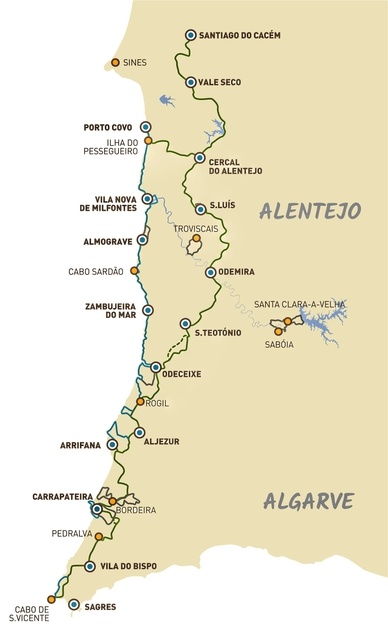
The Fishermen’s Trail (Trilho dos Pescadores) runs along the coast in South West Portugal within the protected areas of the largely unchanged, untouched and wild Alentejo and Vicentina Coast Natural Parks. From Porto Covo to Odeceixe it’s 75 km over 4 days.
The path follows the trails used by locals to get to the beaches and fishing spots and is part of the 450 km Rota Vicentina. It was opened in 2013 as an initiative of small local companies to promote economic sustainability.
Click here for the map.
Porto Covo » Vila Nova de Milfontes
15 June 2019
Porto Covo on the SW coast of Portugal, is about 3 hours by bus from Lisbon. It is a beautifully blue and white seaside village at the start of the Fishermen’s Trail.
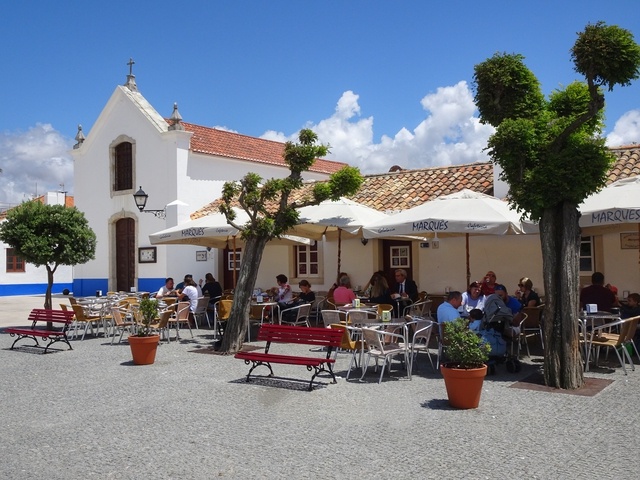

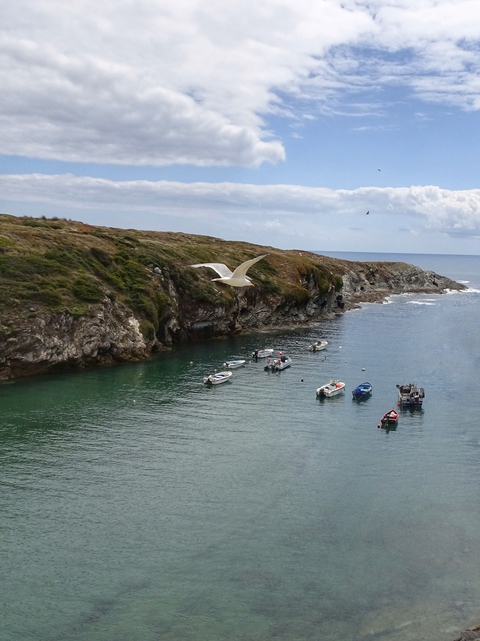
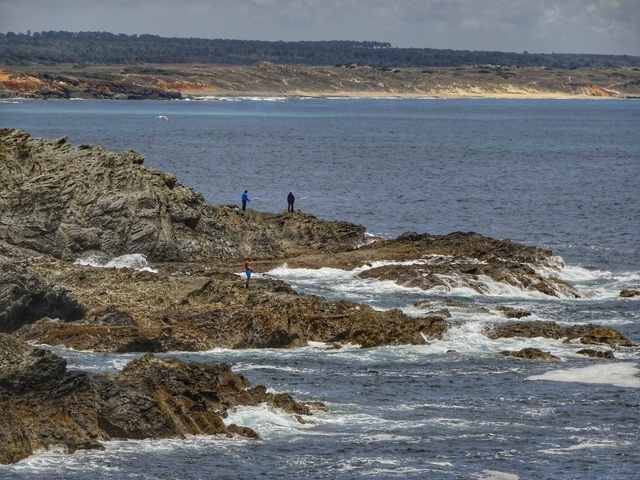
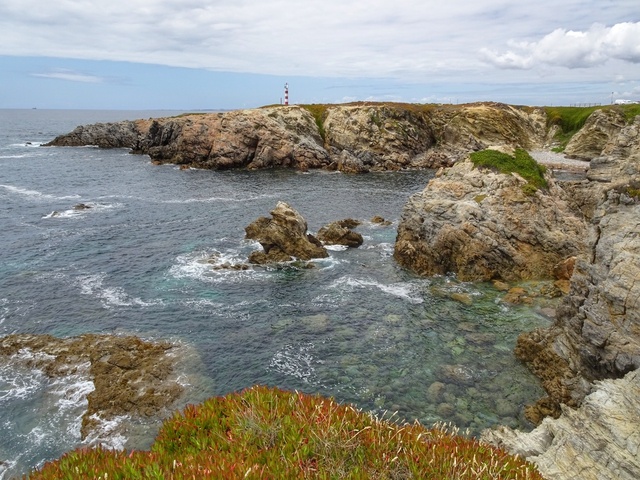

The first day was somewhat difficult with about 15 km in fine soft sand, not on the beach itself but in dunes high above the ocean. The 19.2 km took 6 hours including 5 stops to dump sand out of our shoes. The weather was warm, about 20℃ with a cool gentle breeze, perfect. “Probably one of the best coastal trails in the world” is so beautiful that we hardly noticed time going by.

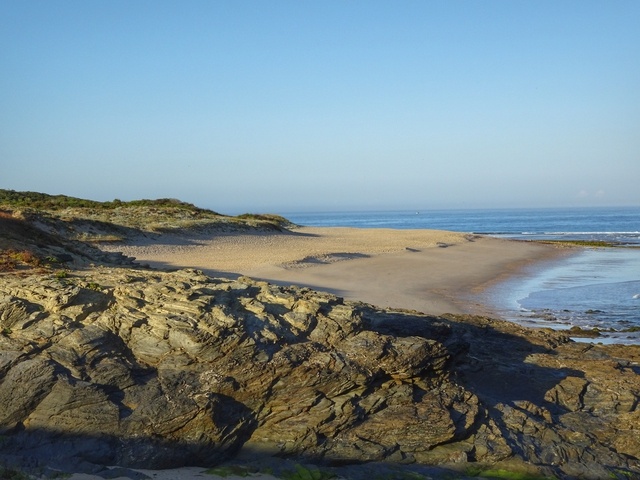
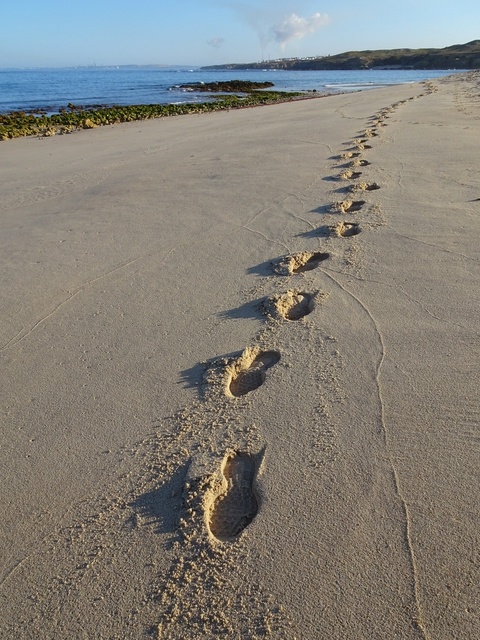
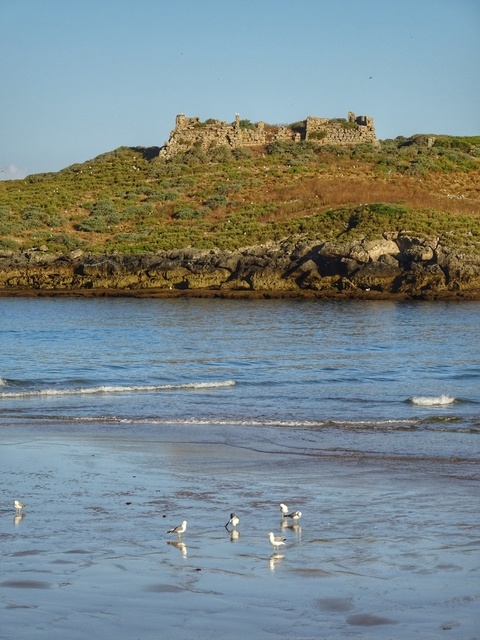
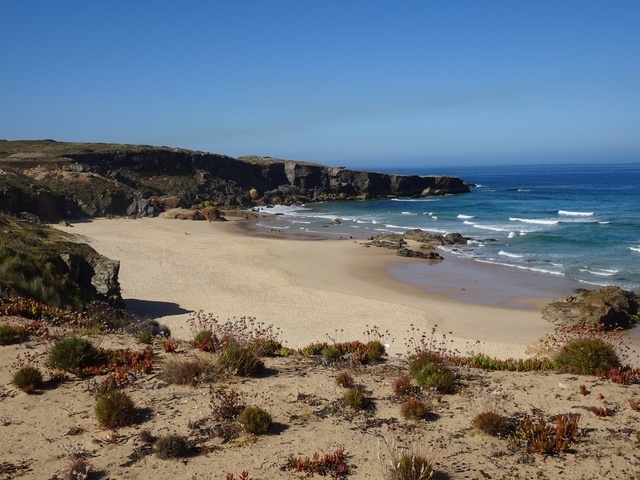
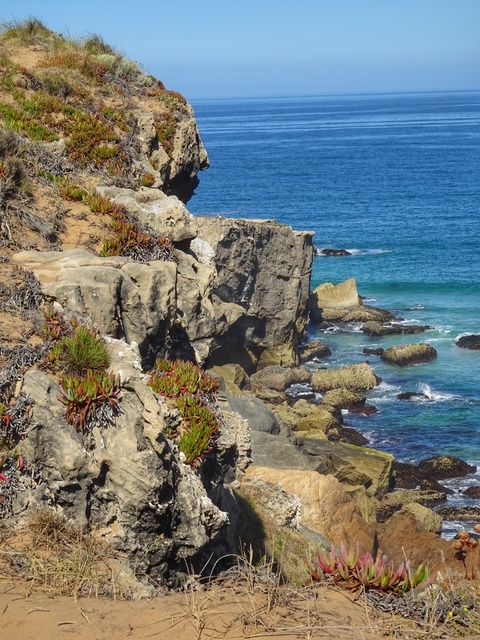
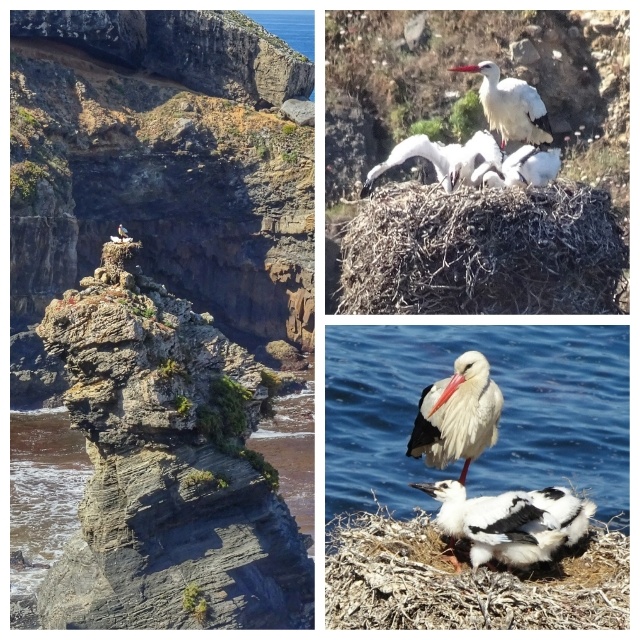
Looking down on a stork tending to her young in a nest on top of a rock pillar in the ocean


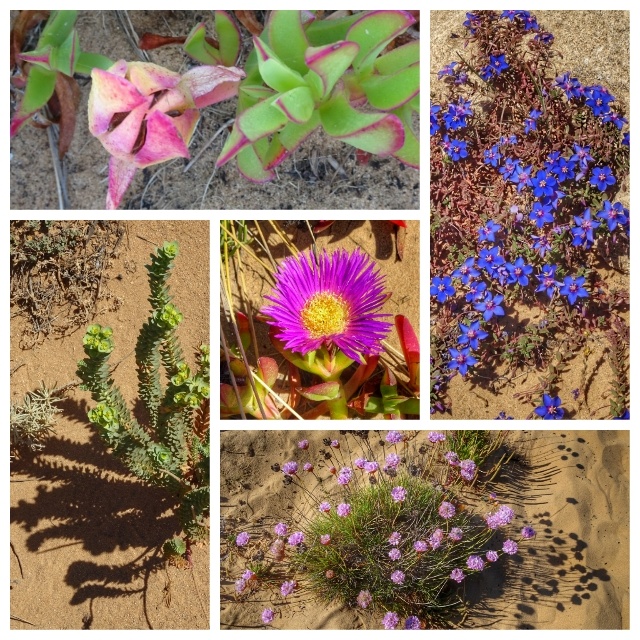
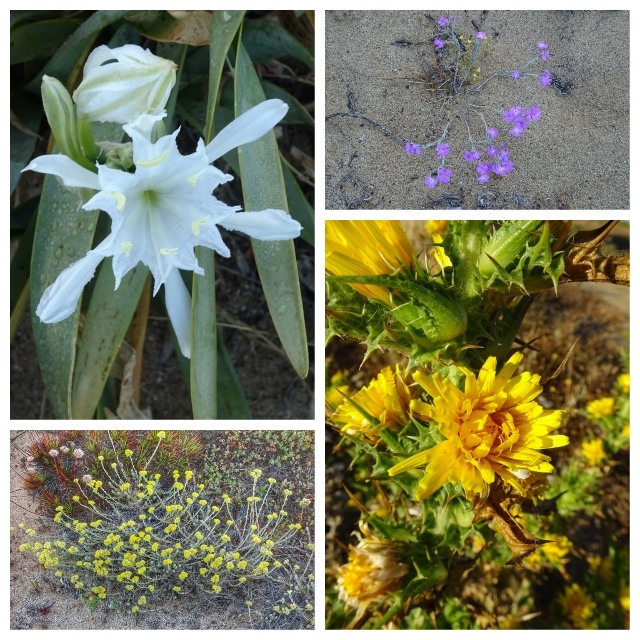

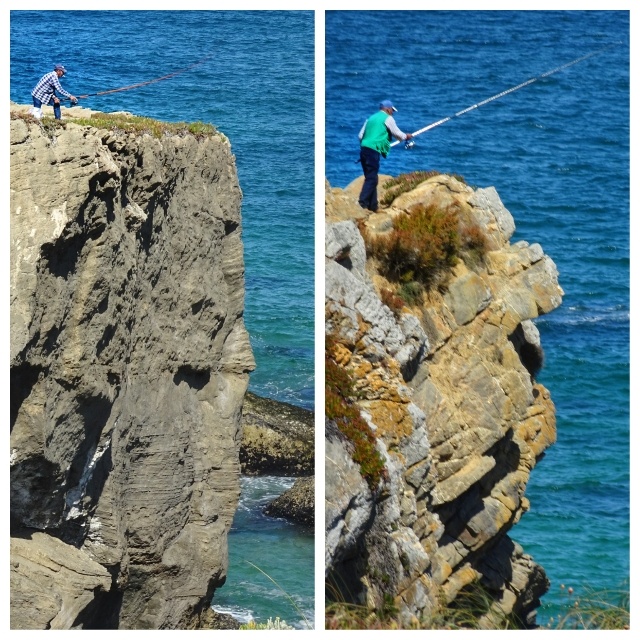

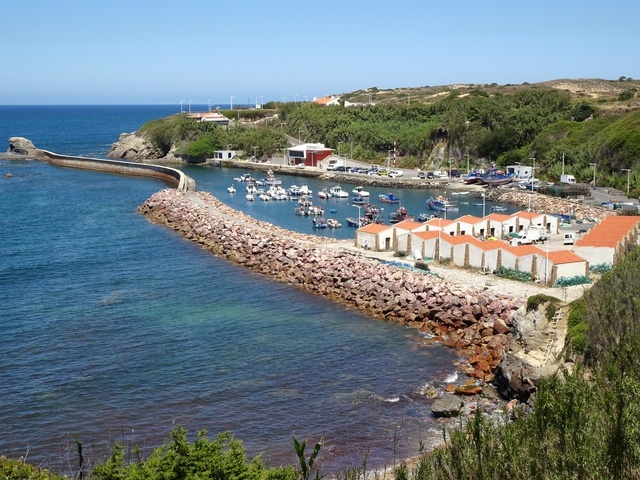

Vila Nova de Milfontes » Almograve
16 June 2019
This section at 15.5 km in 4½hours was a bit easier than yesterday but still almost half in loose sand. Not so spectacular, it often passes through coastal heathland. In places, the native vegetation has been obliterated by invasive Acacia Longifolia (Sydney Golden Wattle) deliberately introduced for dune stabilization.
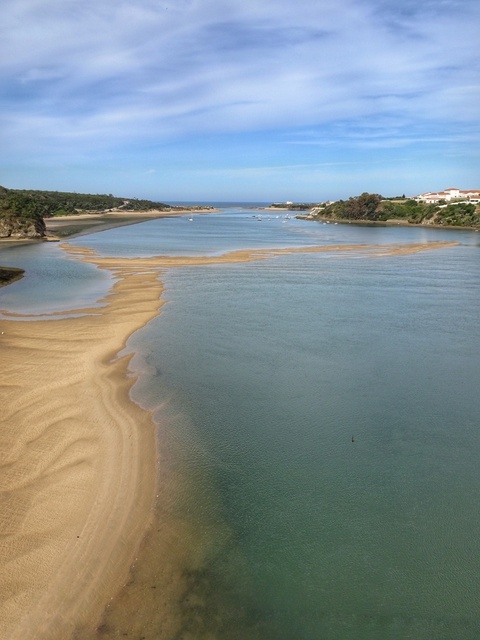

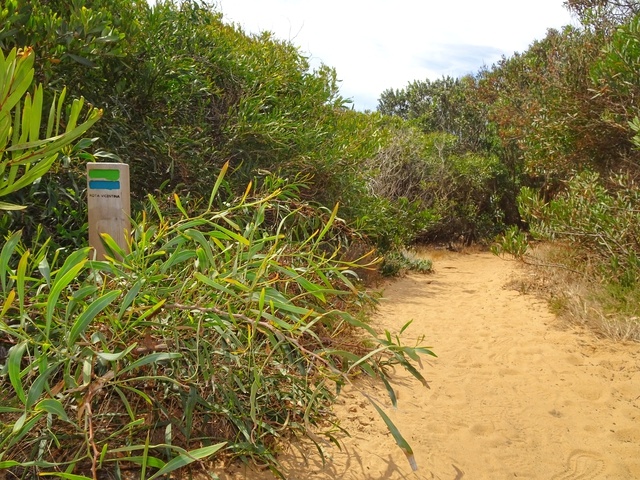
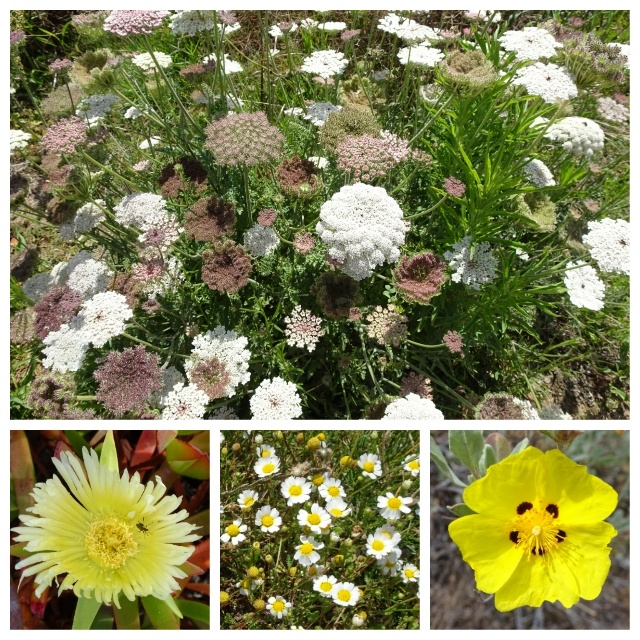
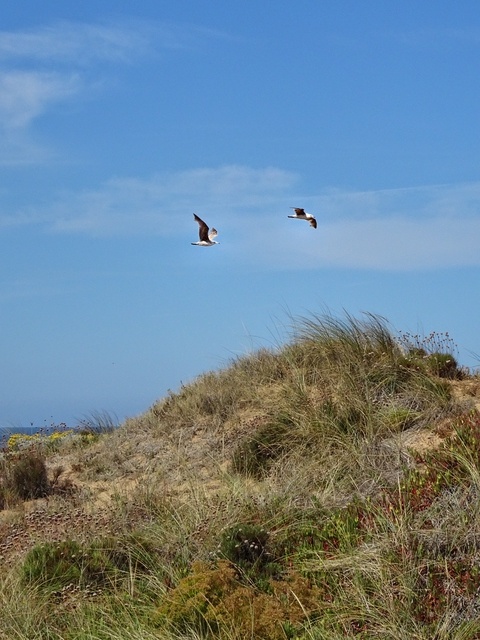
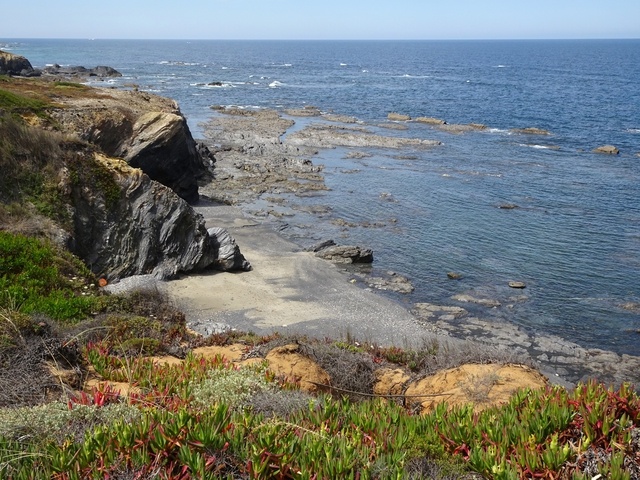
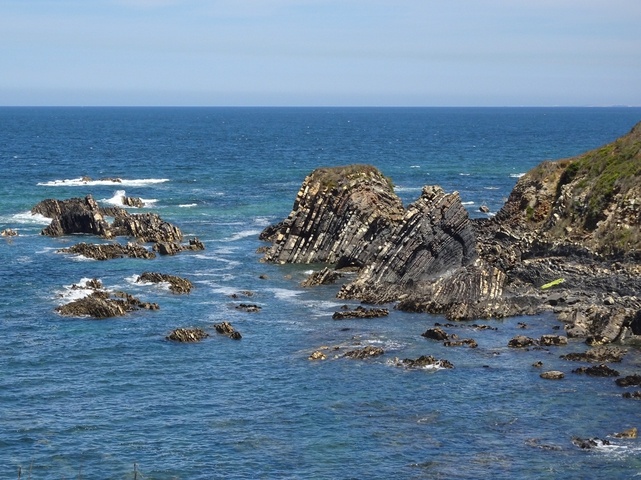
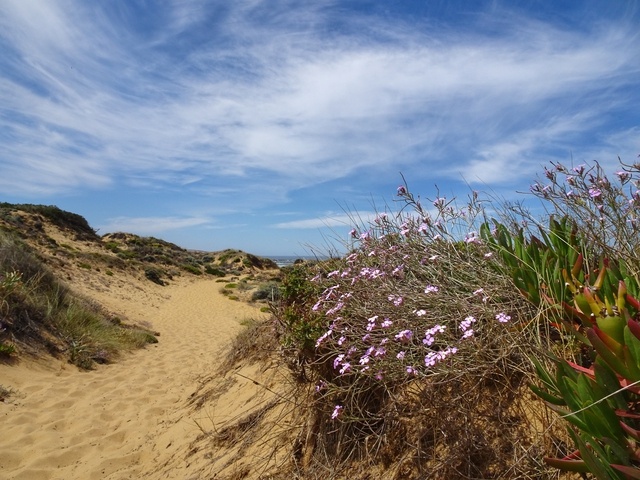
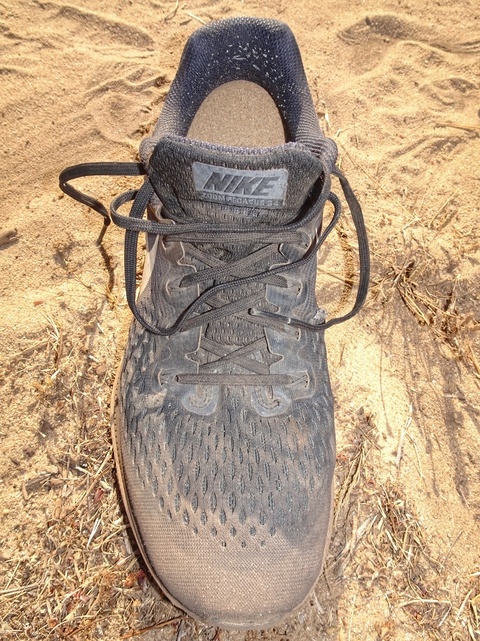
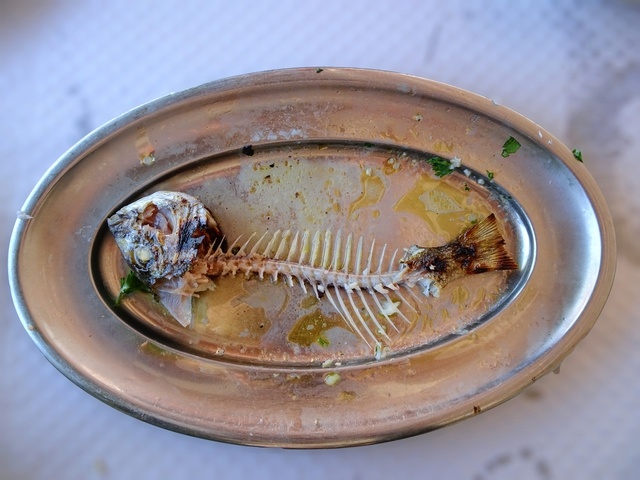
Almograve » Zambujeira do Mar
17 June 2019
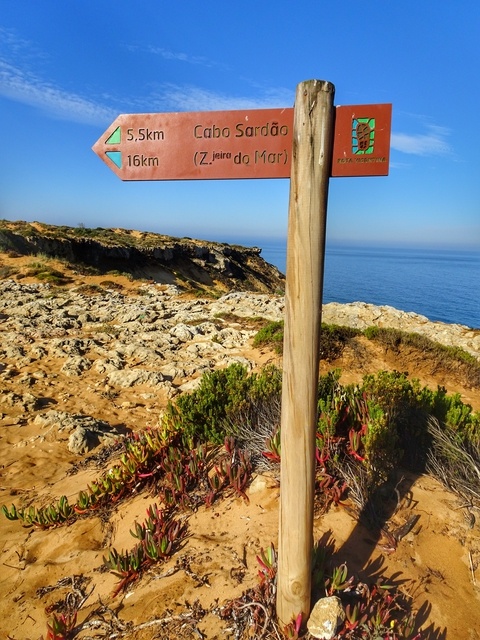
Another wonderful day. The first half goes along spectacular cliff tops but the second half on a rough road away from the edge to avoid the eroded edges is not so great. By starting early, 7am, we had the trail to ourselves most of the day. It’s a special feeling being alone looking down into the ocean 100 meters below. The reddish sand is courser and rougher so a bit easier to walk on and less shoe filling. 21 km in 6 hours.
We saw 9 stork’s nests high above the ocean on the rocky coastline; 5 of them occupied.
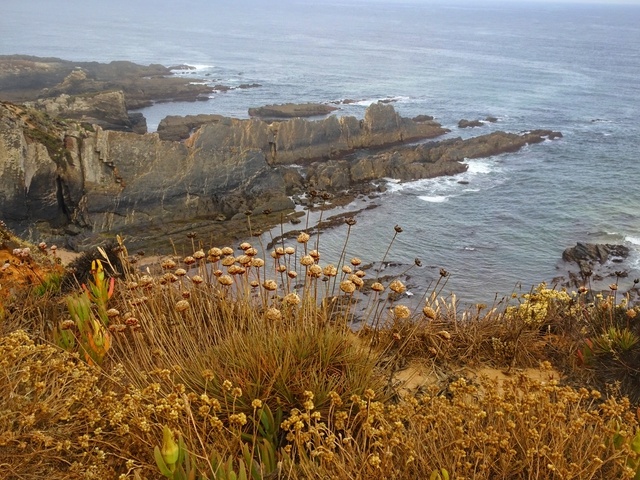
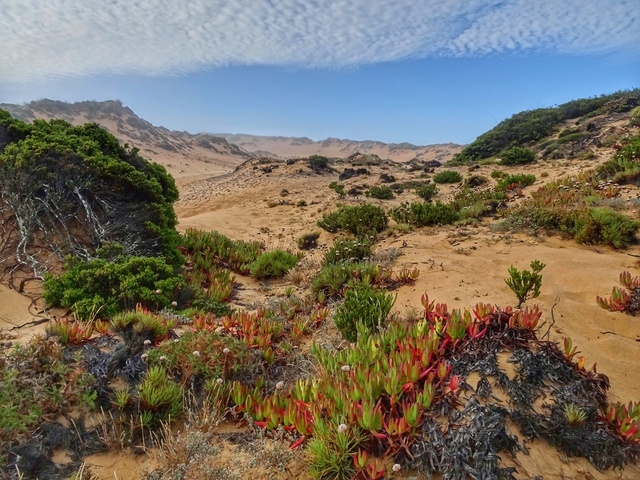
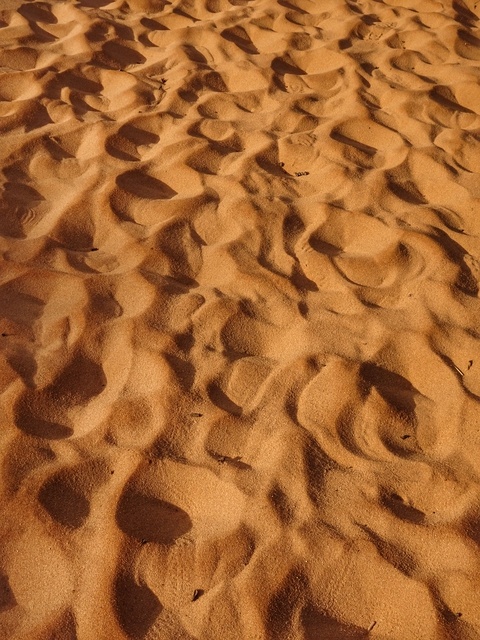
It’s bit easier to walk on but it feels like sandpaper in the shoes
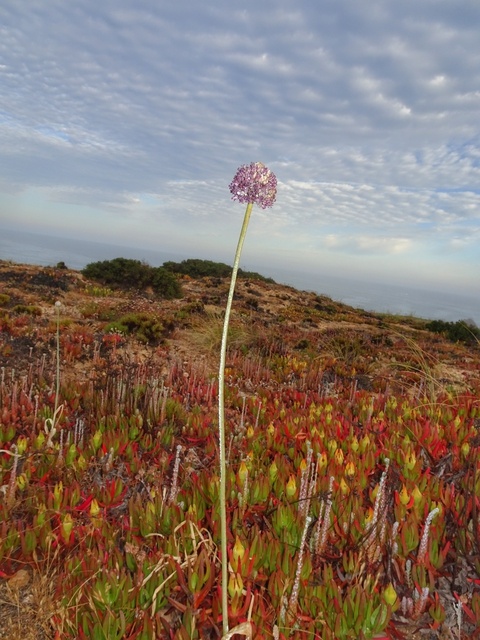
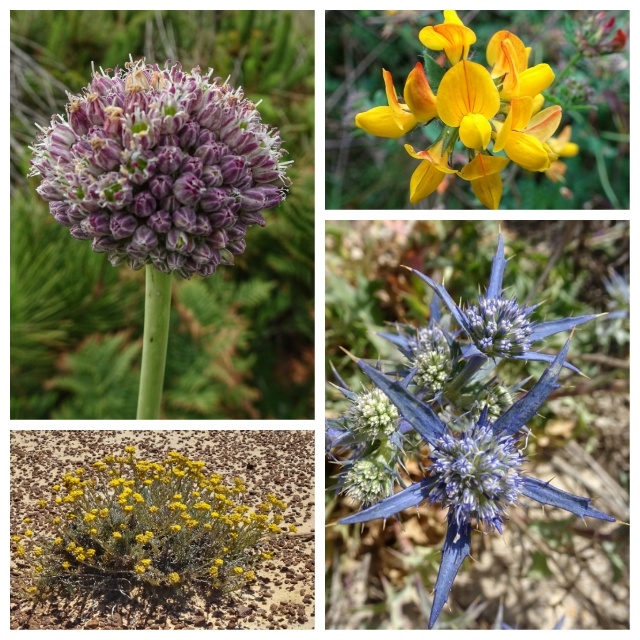
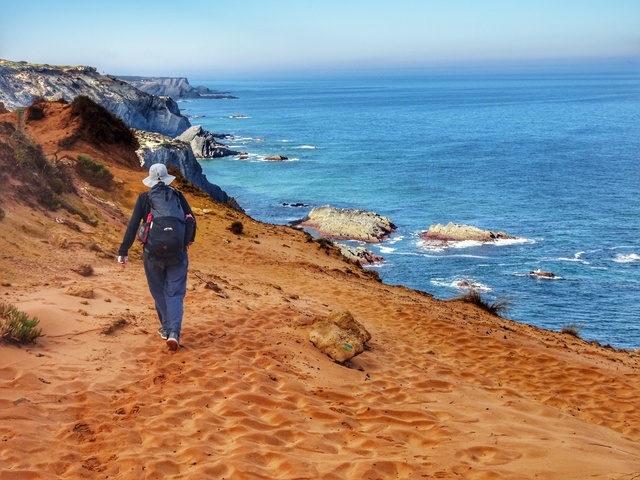

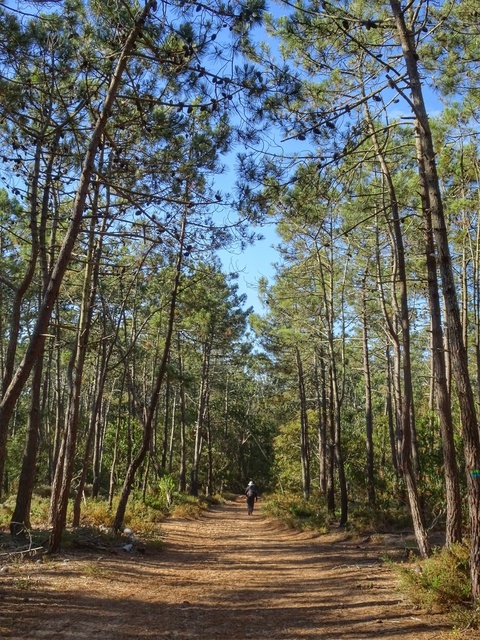


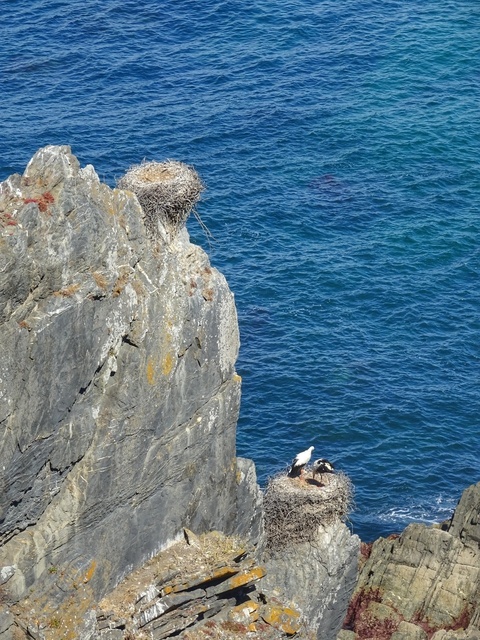
Nowhere else in the world can you see this
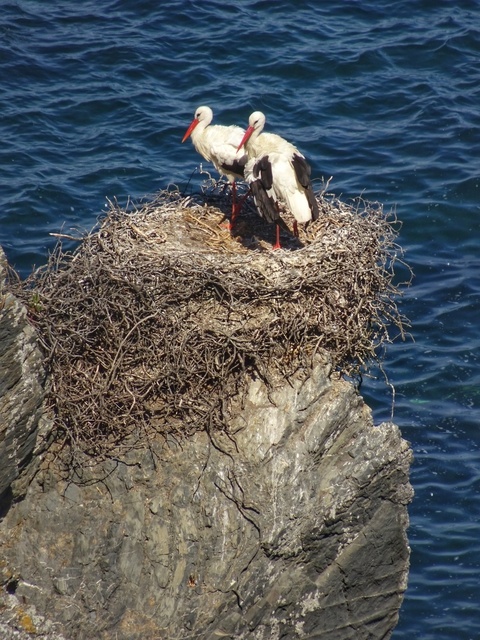
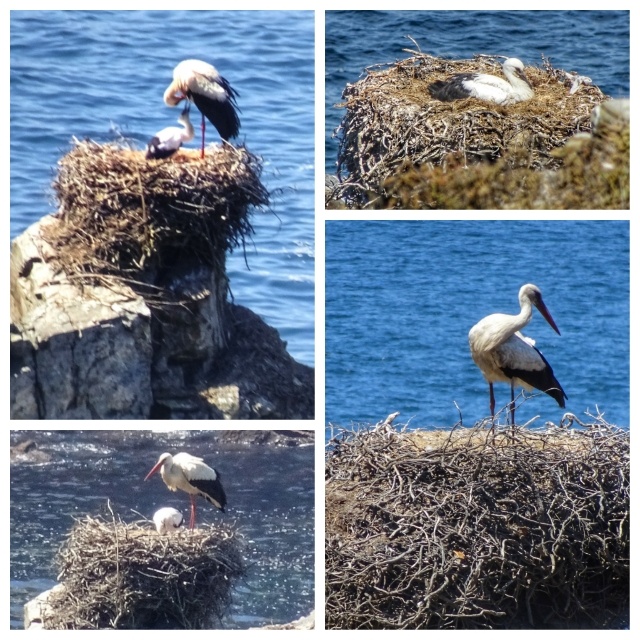
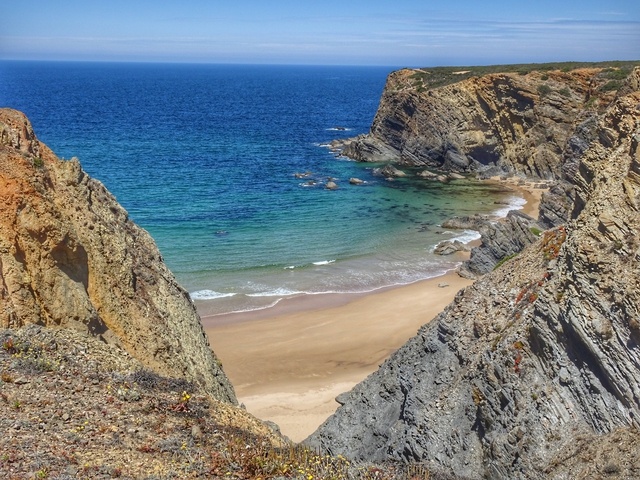
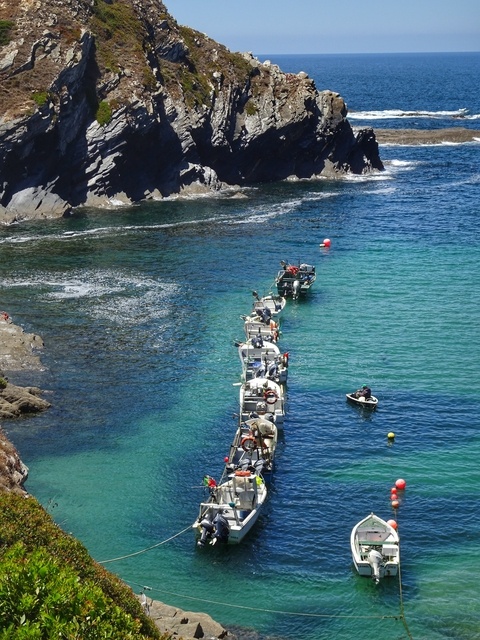
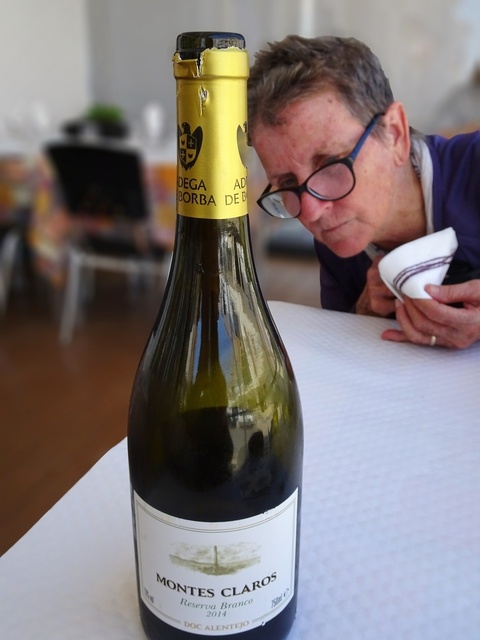
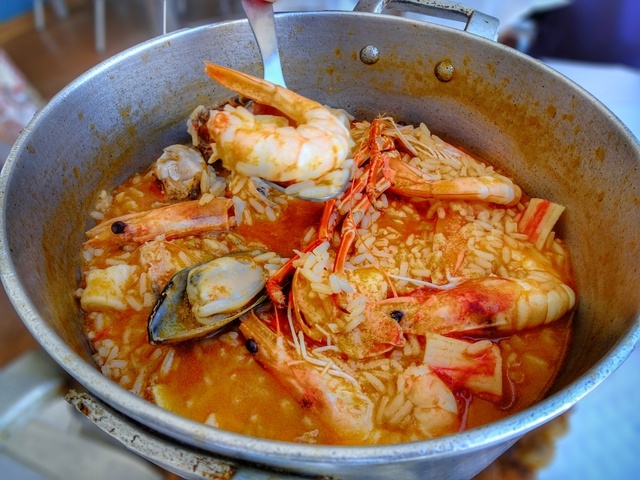
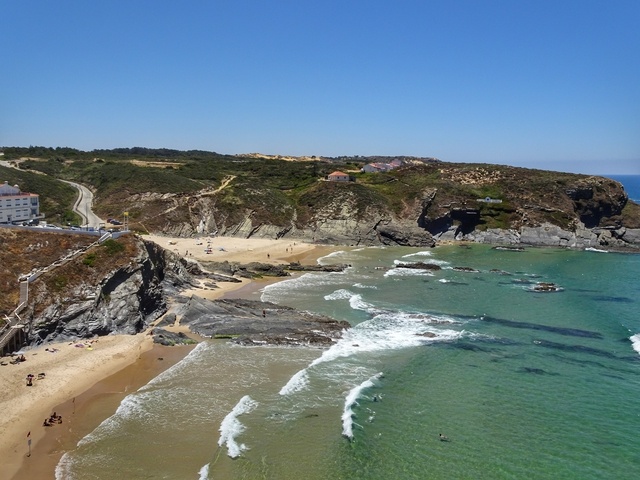


Zambujeira do Mar » Odeceixe
18 June 2019
The day started out overcast, rain threatening, but cleared up after a while. Another coastal cliff walk a bit rougher, some ups and downs with sandy patches until the final 4 km into Odeceixe along a road. We saw at least a dozen stork’s nests; so many we lost count. 18.3 km in 5½ hours.
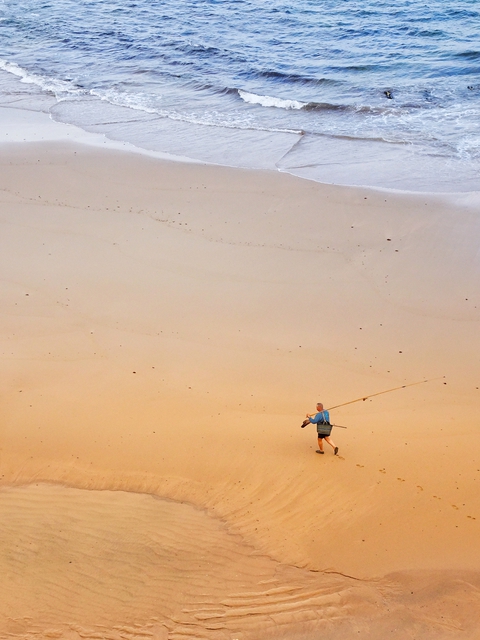
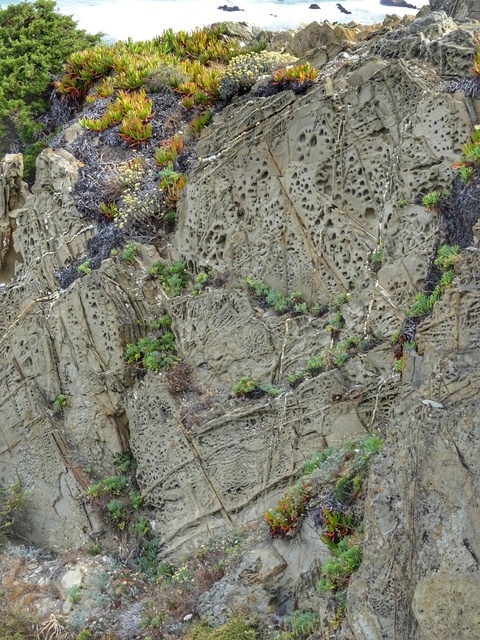
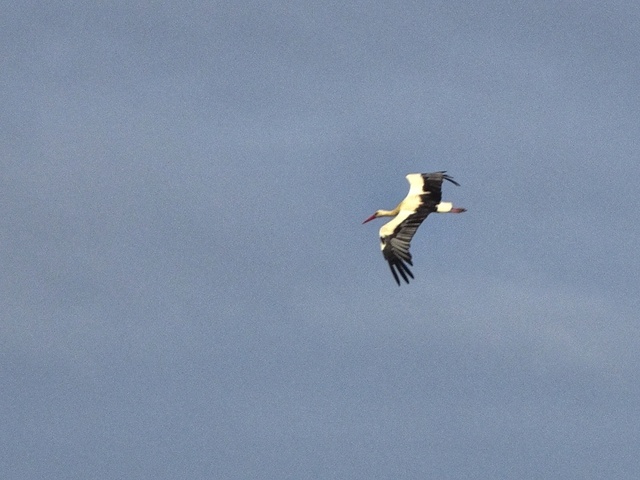
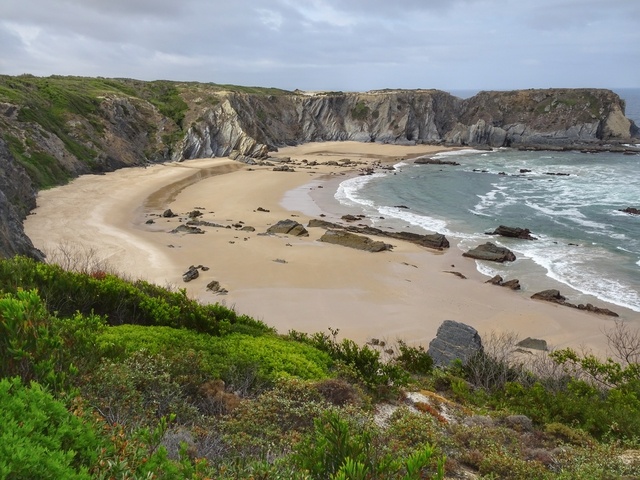
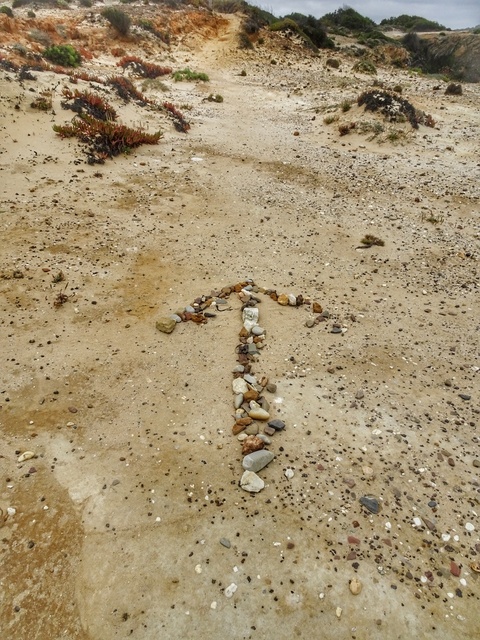
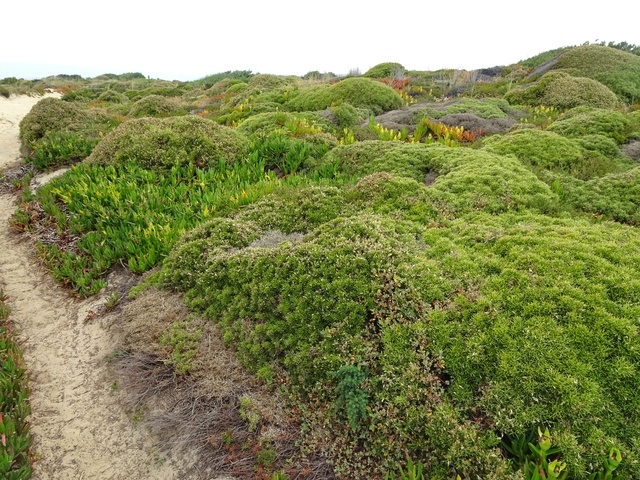
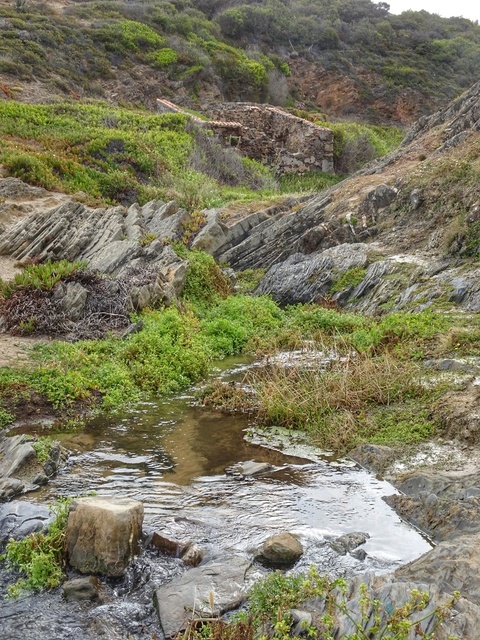
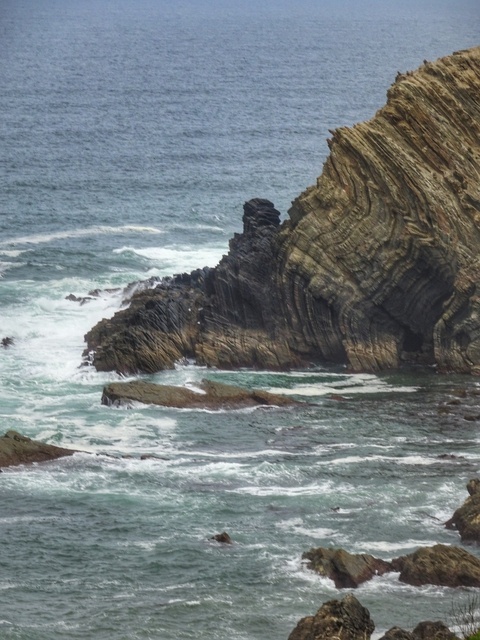
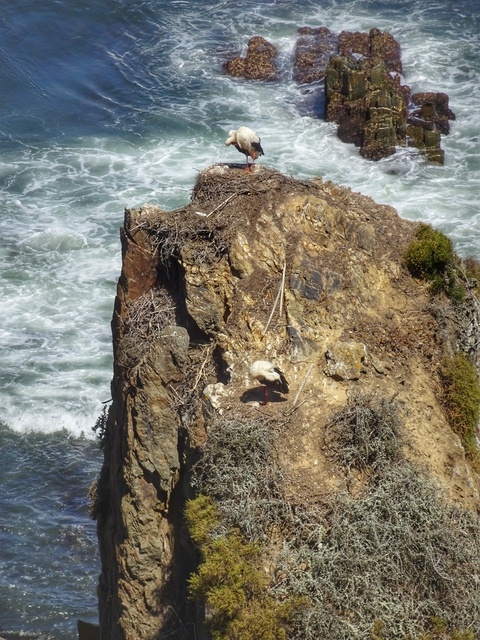

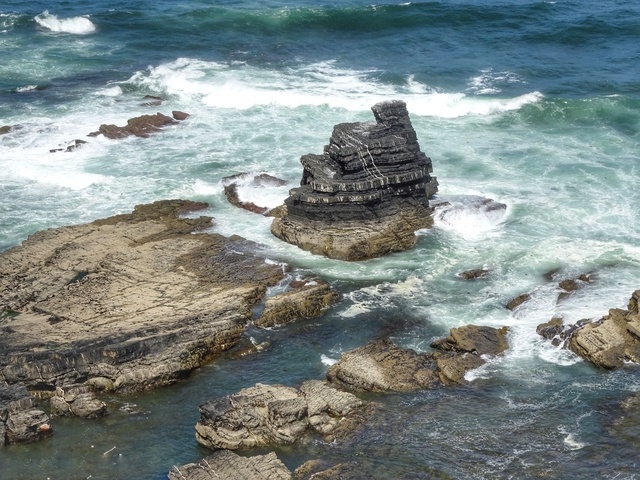


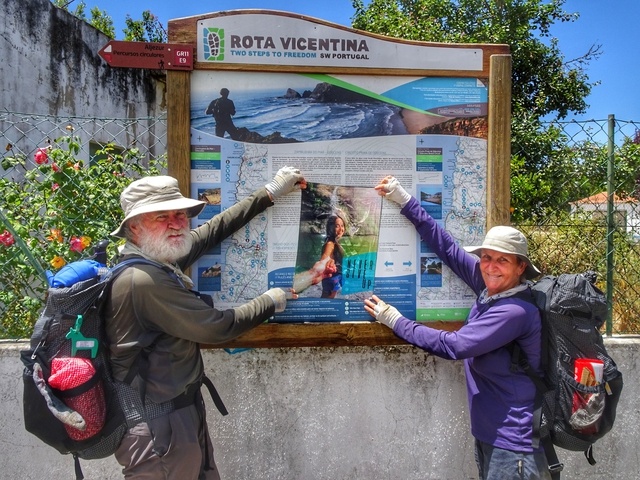
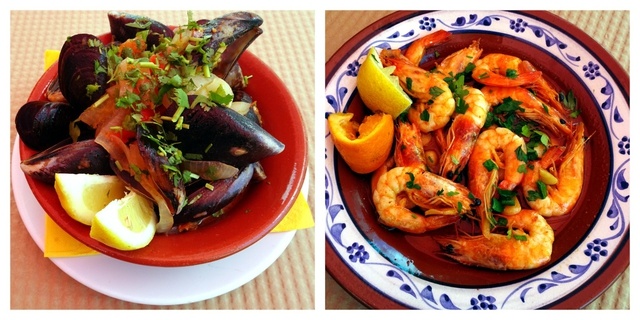
The Fishermen’s Trail is incredibly photogenic through unspoiled wilderness and along stunning coastal clifftops. It’s the best, most scenic walk we’ve done. 75 km in 4 days is not so far but it isn’t easy; you have to work trudging through soft sand famous for aching legs and blisters. But we didn’t mind, the views are worth it. Congratulations to the developers of the trail. It is well thought out, well waymarked and almost completely free of rubbish. Already we are planning the return for the inland Historical Way.
